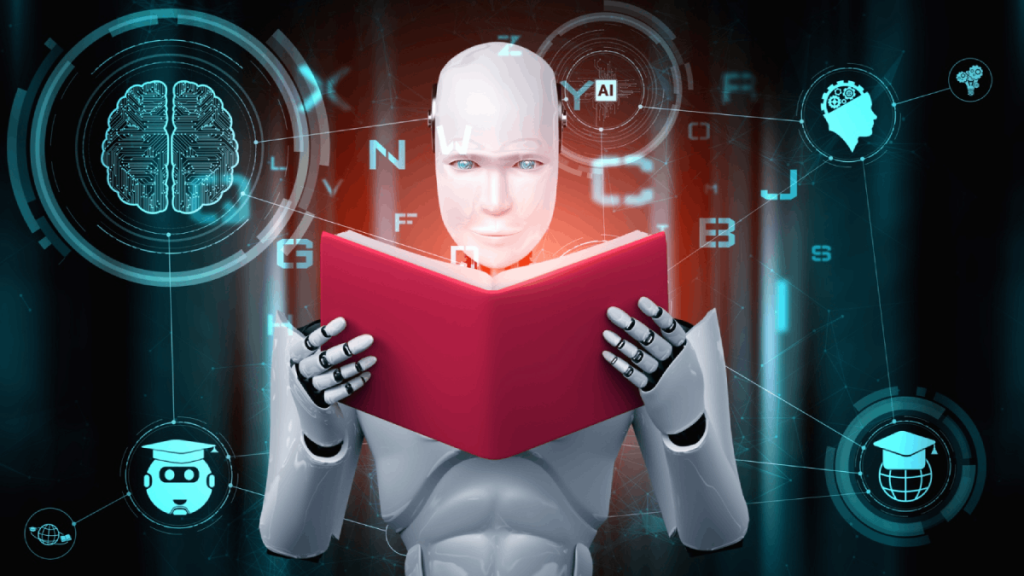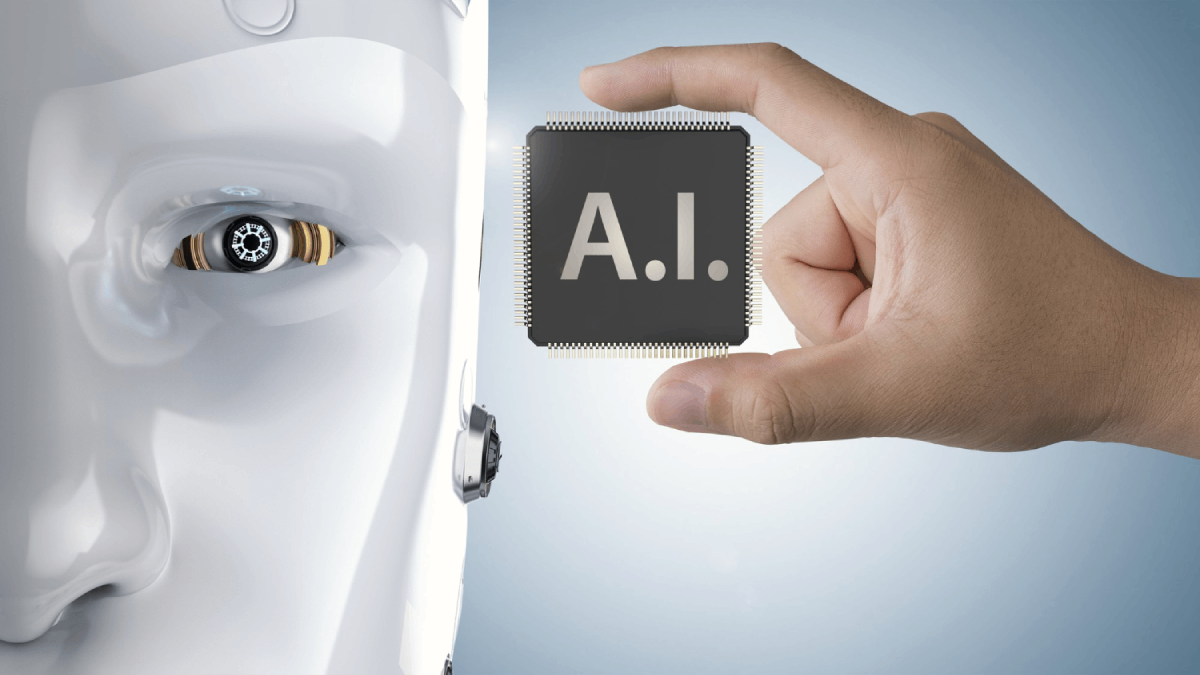Discover the truth behind common AI myths. Explore the genuine challenges and promising potential of AI, and learn practical ways to use it for meaningful and positive change.
AI Myths: Separating Fiction from Reality
AI has emerged as one of the most widely discussed technologies today. But despite the buzz, a lot of what people believe about AI is wrapped in Hollywood fiction rather than grounded in reality. These AI myths often mislead and prevent people from leveraging the technology effectively.
One of the biggest AI myths? The fear that AI will turn into some evil entity that takes over humanity—thanks in large part to pop culture hits like The Terminator. But in truth, AI isn’t a sentient being. AI isn’t here to harm us. Despite its capabilities, it’s still simply a tool. And like any tool, improper use can lead to negative consequences. But if handled wisely, it can transform the way we live and work.
Unfortunately, many people still cling to these AI myths, assuming that automation is here to wipe out jobs and reduce human relevance. In fact, what we’re seeing is quite the opposite—AI is enhancing roles, reducing burnout, and freeing up time for creativity and innovation.
AI Myths at Work: Threat or Advantage?
One key idea that often gets lost in the fear-mongering of AI myths is this: you won’t be replaced by AI, but you might be replaced by someone who knows how to use AI better than you.
That’s why the smartest professionals are learning how to integrate AI into their workflow. Whether it’s drafting reports, automating repetitive tasks, or analyzing large data sets, those who embrace AI are increasing productivity and staying competitive in their fields.
The advice is simple: be proactive. Level up your skills. Treat AI as a tool for collaboration rather than a threat.
AI doesn’t replace human intelligence—it depends on our insight and guidance to truly excel. Behind every intelligent system is a human deciding what to ask, what output to use, and how to apply it in a real-world context. These are tasks that require human judgment and can’t be handled by machines alone.
A Pioneer in AI Education

One of the voices leading the conversation around AI myths today is a Harvard graduate who made history as the university’s first computer science major. Back in the early ’80s, even Harvard wasn’t sure whether computer science was a fad. But she believed in its future—and time has proven her right.
Now a respected AI expert and speaker, she’s helping the world understand how to think critically about artificial intelligence. Her focus? Helping professionals, students, and leaders separate science fiction from science fact, and guiding them to use AI as a force for good in the workplace and beyond.
Her educational efforts help people gain hands-on skills with AI tools, learn how machine learning models work, and understand how to detect bias in algorithms. By challenging AI myths, she helps others build the confidence and responsibility needed to use this powerful technology effectively.
Debunking the Fear of AI
There’s a powerful message in her work: AI doesn’t have emotions, motives, or goals. It’s not trying to eliminate jobs or dominate humanity. Those narratives, while entertaining, are AI myths that distract from the real story—how AI is quietly revolutionizing everything from education to healthcare to business operations.
Instead of focusing on dystopian scenarios, she encourages people to focus on practical skills: understanding how AI works, where it can help, and what limitations still exist.
For example, AI is transforming early disease detection in healthcare, predicting market trends in finance, and enabling personalized learning in education. These are real-world gains that debunk the destructive AI myths dominating headlines.
The Real Opportunity
The key to unlocking AI’s power is cooperation, not conflict. Those who use AI to enhance their abilities will have a huge edge. Whether you’re in marketing, finance, healthcare, or even the arts, AI is becoming the co-pilot of choice.
From automating emails to analyzing big data, the real opportunity lies in learning how to guide AI responsibly. Ethical considerations—such as data privacy, consent, and transparency—must be part of the conversation. Recognizing these issues and addressing them head-on helps push past simplistic AI myths and fosters trust in AI-powered solutions.
So, the takeaway? Don’t fear the rise of AI. Understand it. Use it. Grow with it. Break free from AI myths and unlock your true potential.
Because the real revolution isn’t about machines taking over—it’s about humans becoming more powerful, more creative, and more capable than ever before.
Final Thoughts on AI Myths
Understanding and debunking AI myths is essential for anyone looking to thrive in the AI-driven future. The more we challenge false beliefs, the more prepared we become to harness AI for positive impact.
By educating ourselves, embracing technology, and thinking critically, we can reshape the narrative around artificial intelligence—not as a threat to humanity but as one of its greatest allies.

